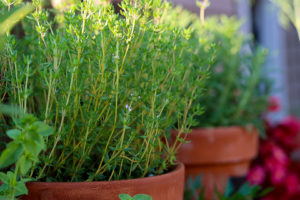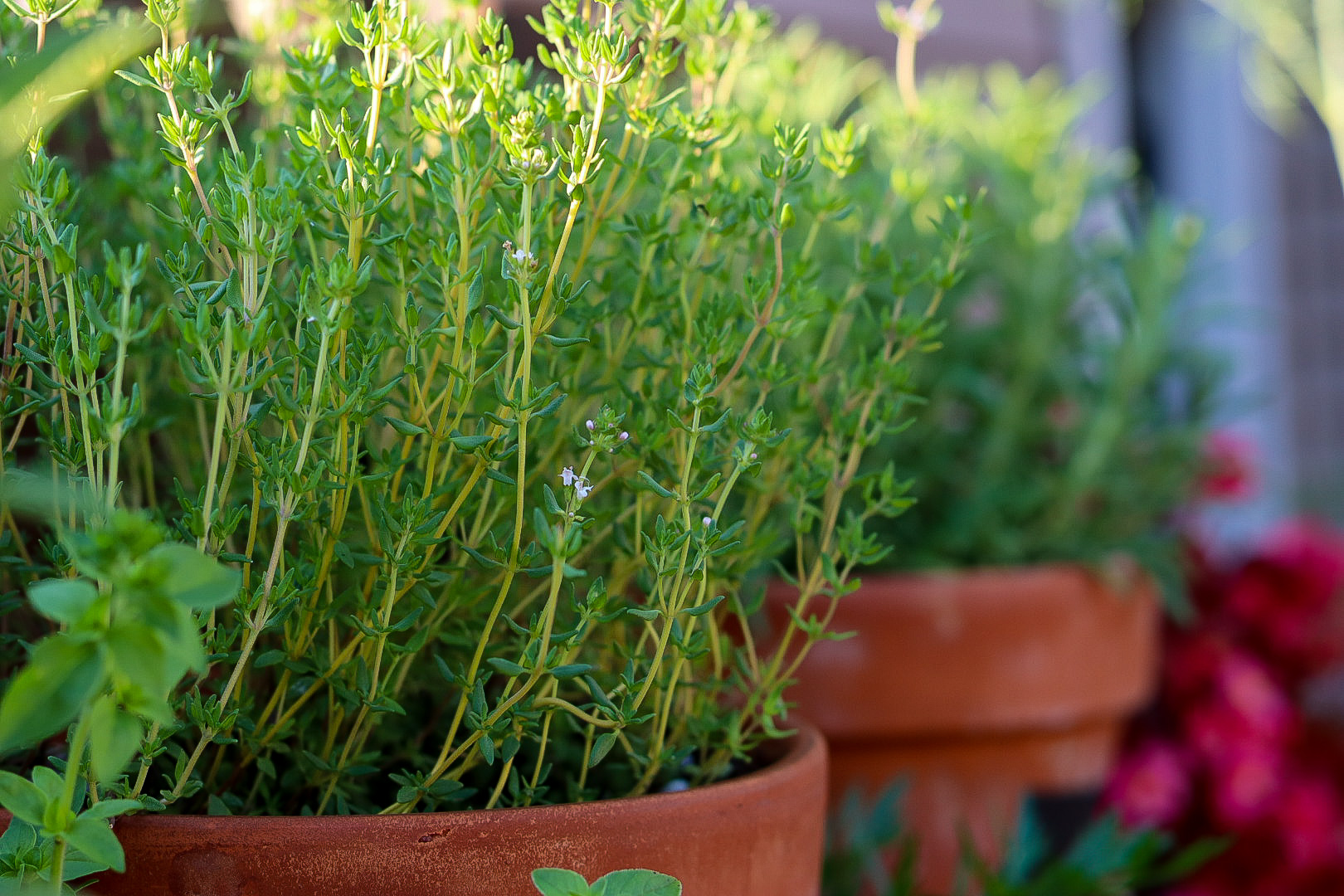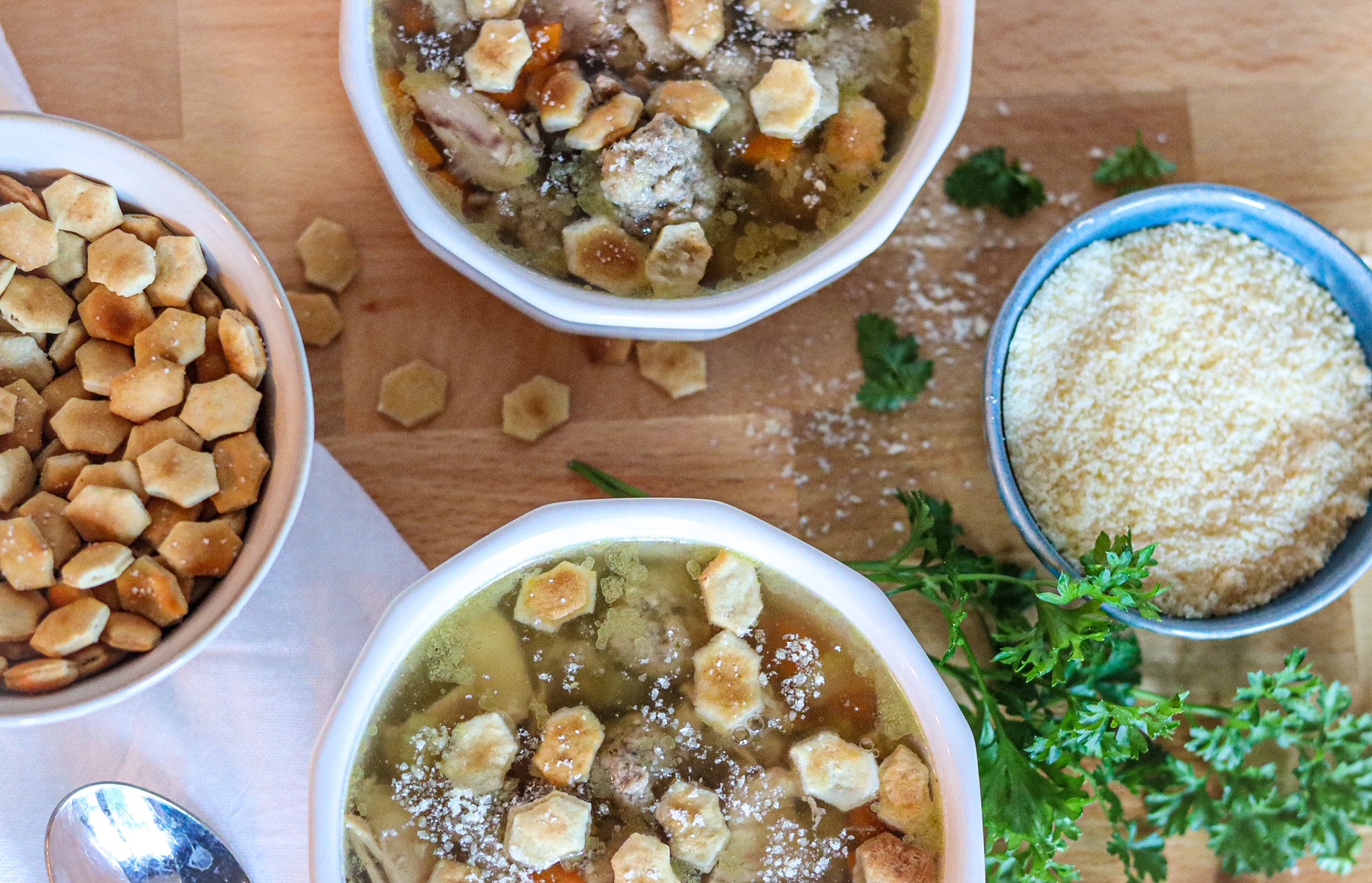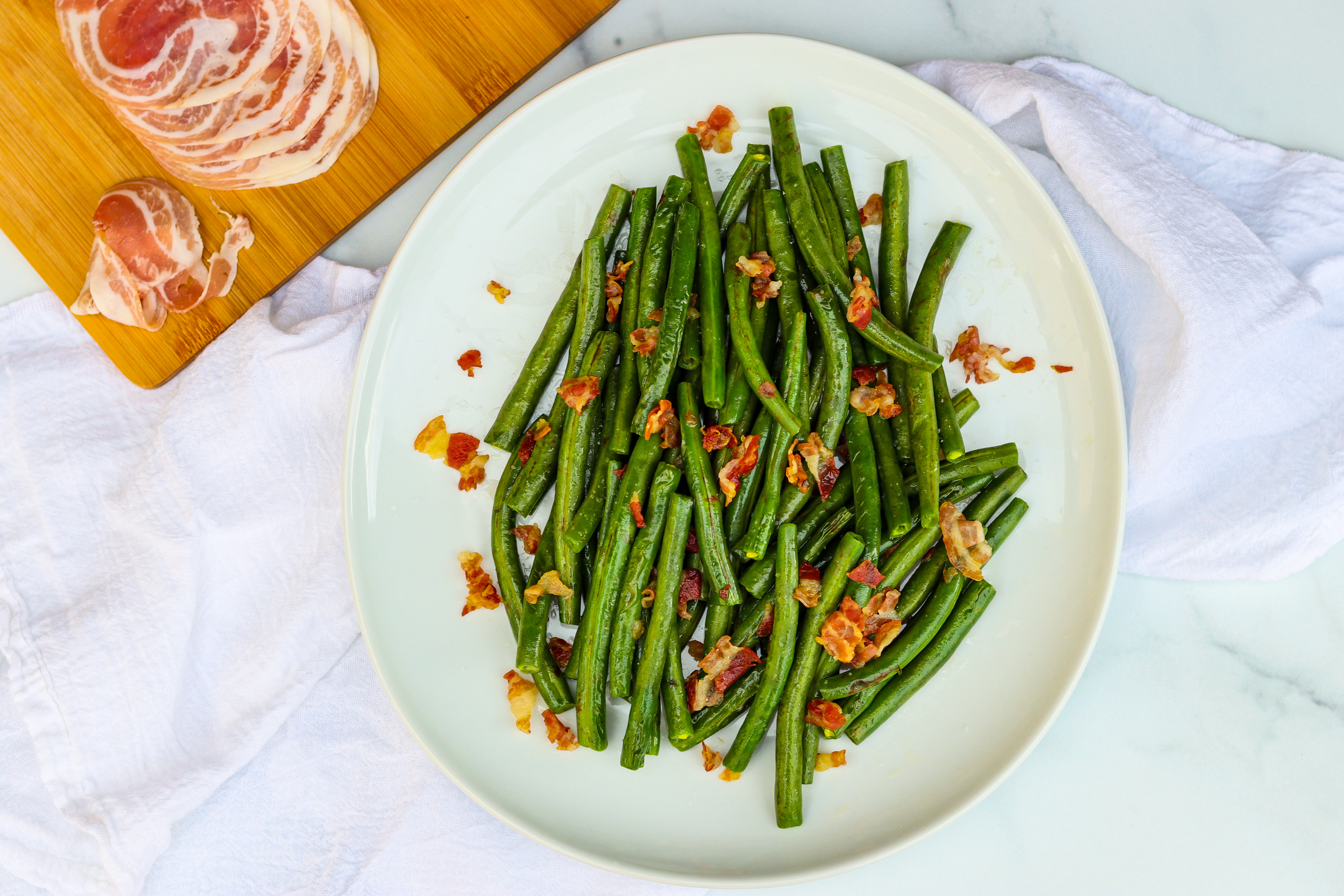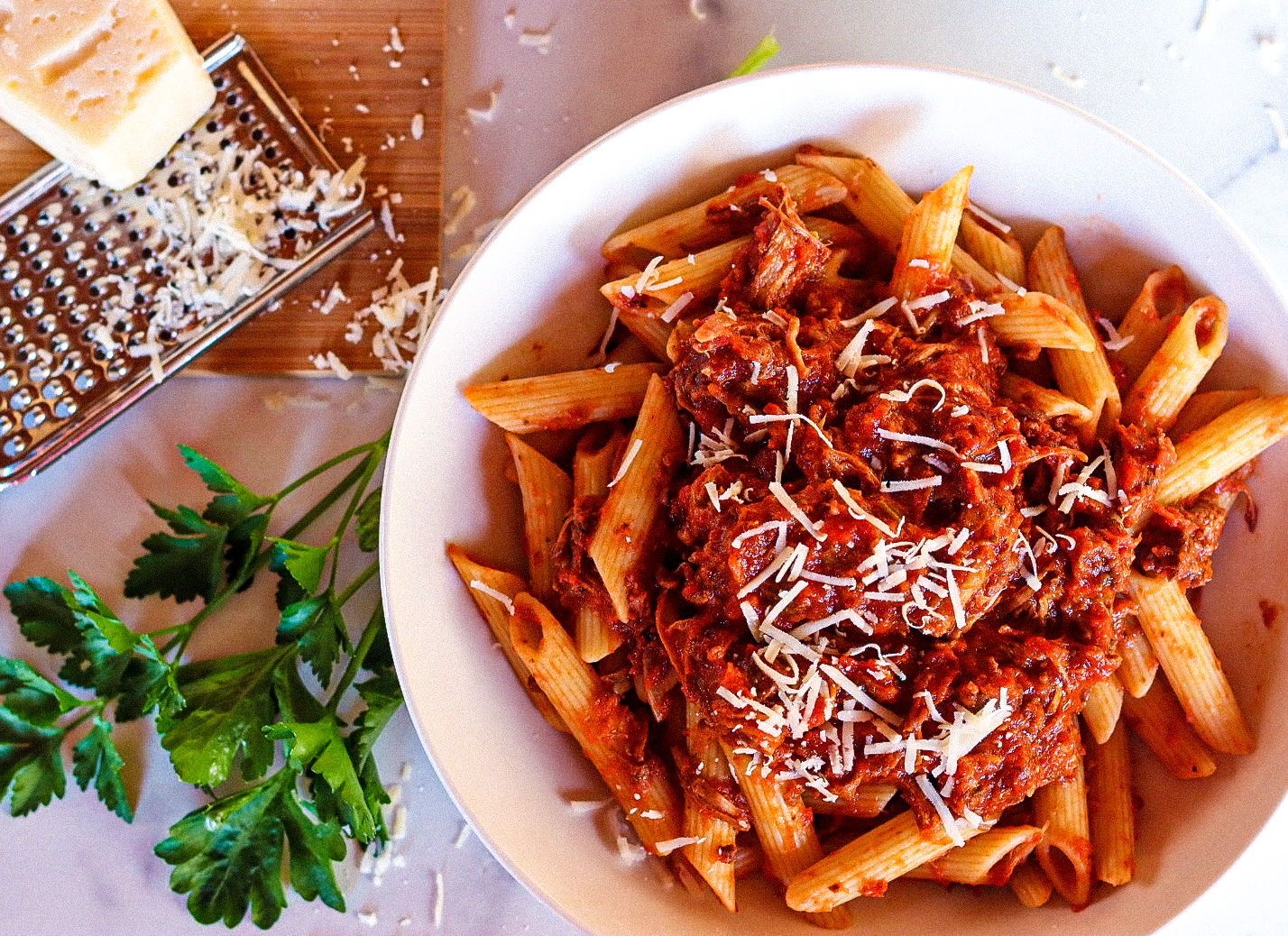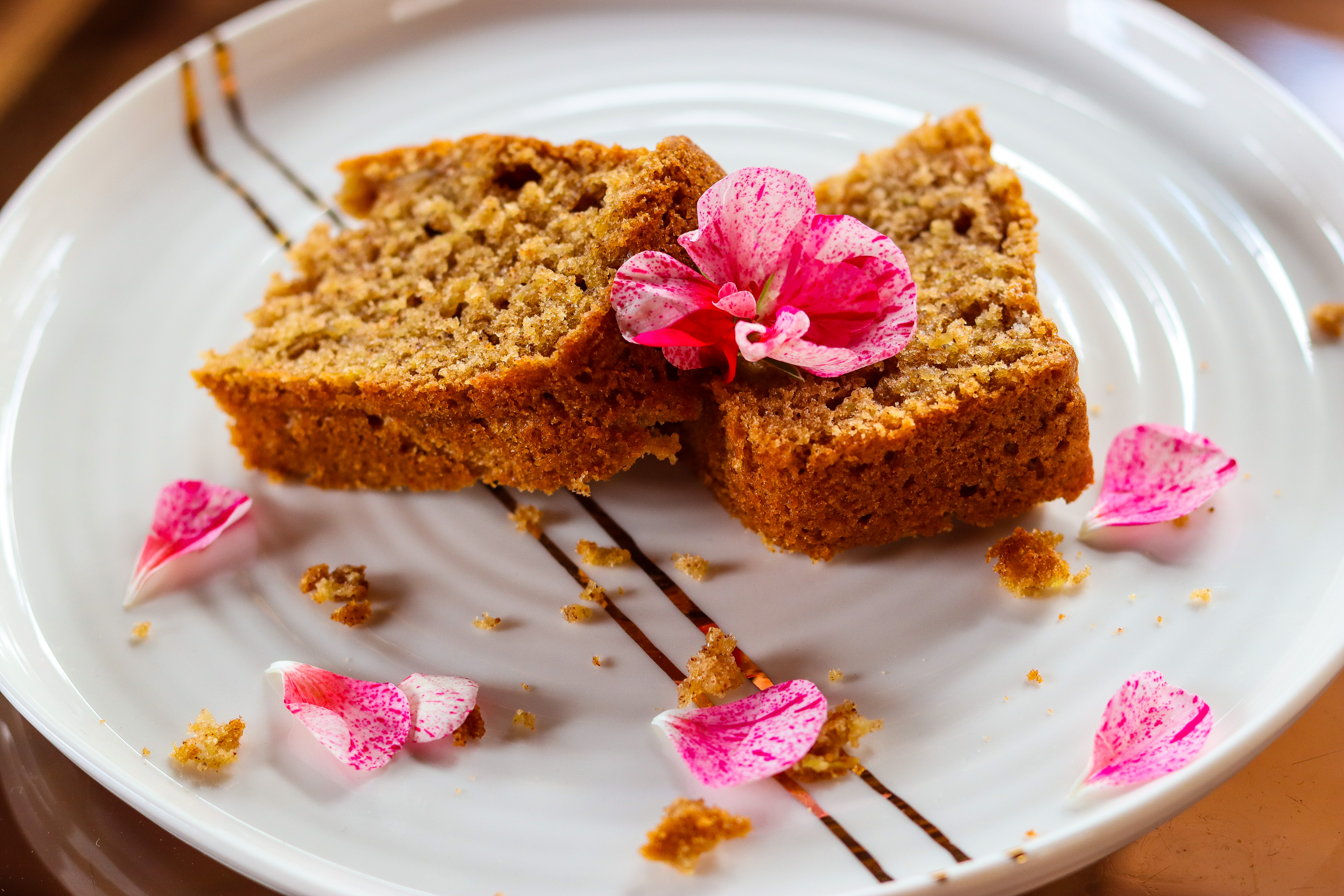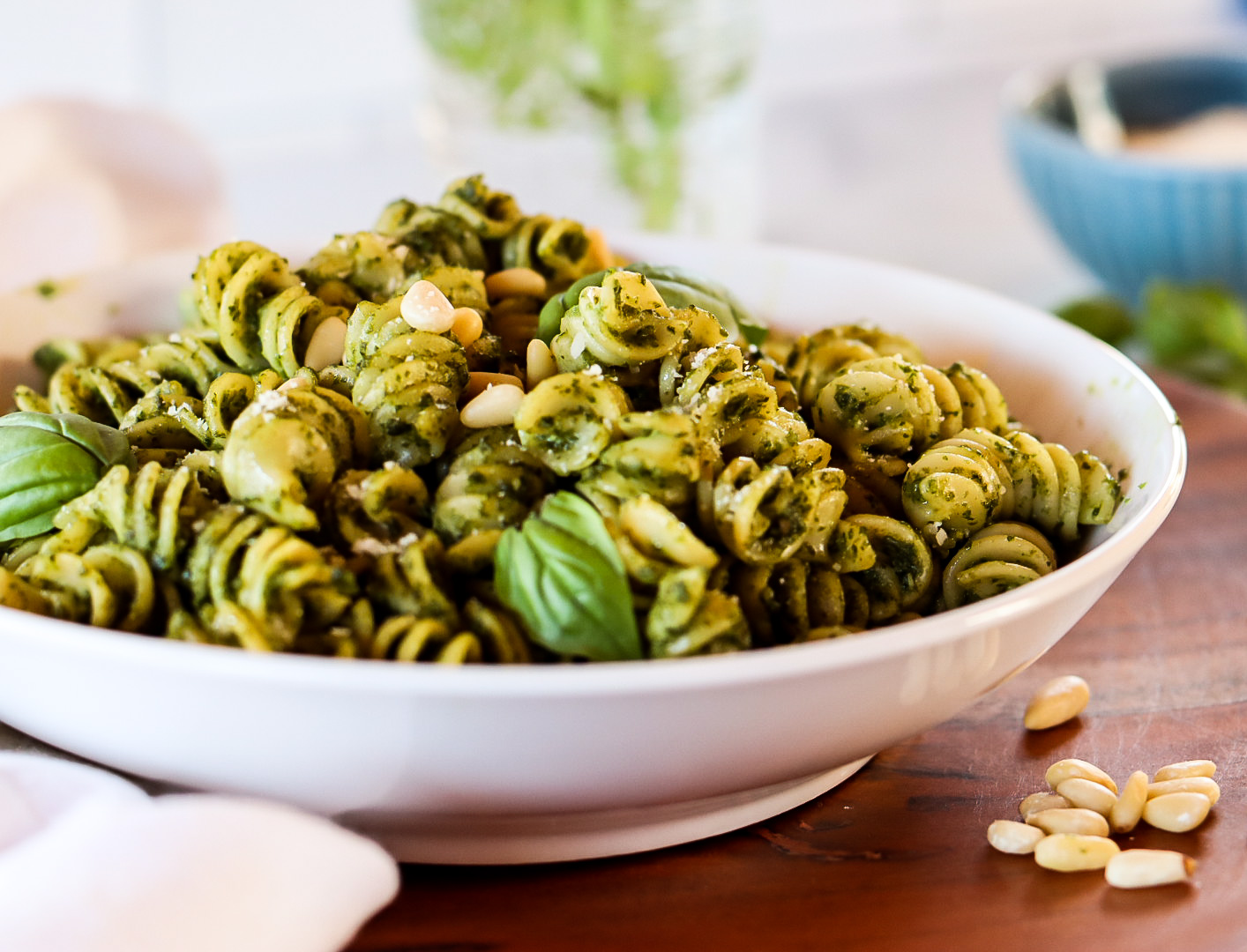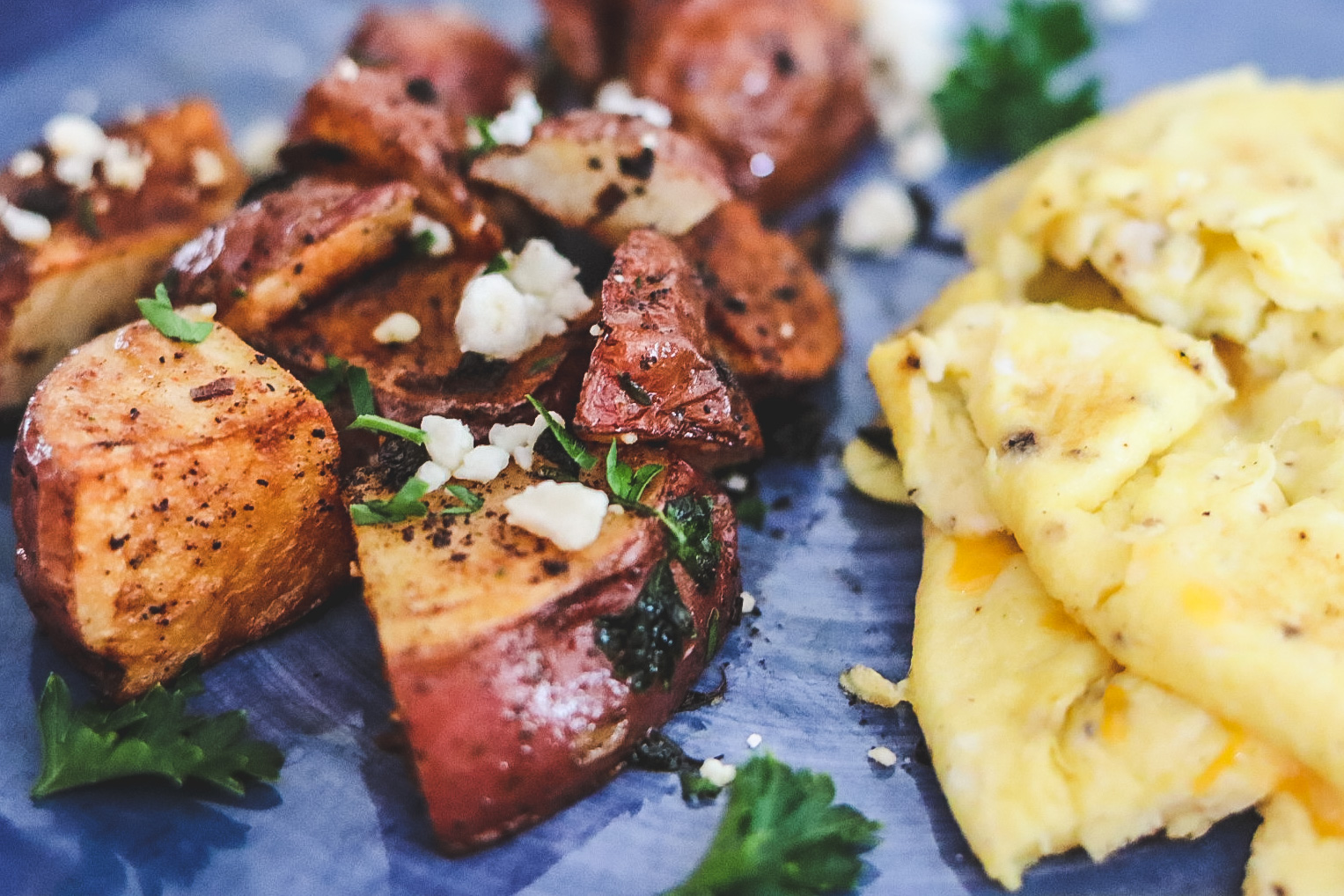categories
Welcome to In The Kitchen With Jackie O! I'm so excited to have you follow along as I share my authentic and generational recipes, adventures through the mountains, and all things family and friends.
I grew up in a family who gathered frequently, cooked phenomenally, and continued traditions that have lasted through many generations. I am here to bring you with a timeless experience, one that will allow you to genuinely connect with loved ones and peers on a personal level through cooking.
Hey there, I'm Jackie!
The Herb Series: Thyme

Have you ever wondered how to use fresh thyme in your favorite recipes, where it came from, how to grow it and how to properly dry it so it lasts during the winter? Jackie O details the history and origin of thyme, how to use it when cooking, how to properly preserve and store it for long-term use, and how to harvest it to ensure it keeps growing for months!
Table of Contents
ToggleOrigin
Thyme is native to Eurasia and grown prominently in the dry, rocky soils of in the Mediterranean region. For hundreds of years, thyme was popularly used by the ancient Greeks in their baths and burnt as incents in their temples, and used by the Egyptians as part of the embalming process.
Thyme was introduced in Noth America by settlers and can now be found growing on heaths and in mountainous areas in temperate regions. As part of the mint family, thyme is known for its distinctive aroma and its flavorful dried leaves are used in popular beef and chicken dishes across the world.
It’s also been known to be planted for aesthetic purposes because of the beautiful flowers it produces and bees use the popular herb as a nectar source. Thyme has also been used for medicinal purposes to treat battle wounds during wars fought until World War II and has been used for centuries as a way to stop the spread of disease because of its antiseptic properties.
Cooking
Thyme has been used in so many ways for centuries. Many throughout the Mediterranean region use thyme in their favorite side dishes, in herby pestos, and on meat and poultry. Cooking with thyme is easy and it brings so much flavor to so many different types of dishes!
Meats
- Chicken – Incorporate fresh thyme when making your next chicken marinade. Not a marinade fan? Ground thyme and combine with other herbs and rub it onto your chicken before grilling. The herbs will become encrusted on the chicken and the thyme will add so much dimension and flavor.
- Beef – Throw in fresh thyme into the pan with cloves of fresh garlic when pan searing or braising steaks. The meat will take on the thyme and garlic flavors, becoming your new favorite way to make a steak!
- Seafood – Ground thyme and sprinkle over fresh cod or shrimp with other herbs and grill. These are best served over fresh greens or a bed of rice.
Oils and Cooking Fats
- Olive Oil – Infuse your favorite olive oil with thyme and other herbs! Place fresh thyme springs and other herbs in a jar and cover with olive oil. Let sit for a few days and then incorporate the olive oil into your favorite dishes. You’ll love it on a classic Italian antipasto or drizzled on top of fresh tomato, mozzarella, and basil.
- Butter – Ground fresh thyme using a mortar and pestle until it becomes almost a paste. Combine with other herbs and softened butter. Combine until all herbs are throughout all of the butter. Spread across freshly baked bread or use when braising steaks.
Lucini Olive Oil and Partanna Olive Oil offer a variety of olive oils from different regions across the world. They offer organic and flavor-infused options. Looking for a local recommendation? Saratoga Olive Oil Company creates homemade infused olive oils and balsamic vinegar. Located in Saratoga Springs, NY, and Lake Placid, NY, it’s a perfect option if you are looking to shop local to the Capital or Northern New York regions.
Grains and Potatoes
- Potatoes – Sprinkle the fresh thyme over roasted potatoes or add to Jackie O’s famous creamy garlic dirty mashed potatoes.
- Couscous – Add fresh thyme to cooked couscous to bolden the flavor. This can be best paired with chicken or seafood.
- Pasta – Incorporate thyme into your favorite pasta dishes by sprinkling ground thyme over the top of your favorite pasta or use it in an herb sauce. Add to Jackie O’s favorite basil pesto sauce or her family’s favorite alfredo sauce to add extra dimension.
- Brown or Seasoned Rice – Use fresh thyme when cooking your brown or seasoned rice. Add to the boiling water or broth before adding the rice to the cook to infuse the flavor into the rice.
Vegetables
- Asparagus – Sprinkly ground thyme on asparagus with other herbs and olive oil. Bake or grill and top with parmesan cheese for the perfect dinner side or daytime snack.
- Corn – Use in butter and spread across fresh ears of corn on the cob or add fresh thyme to corn cooked on the stove.
- Brussel Sprouts – Roast brussel sprouts with a sprinkle of ground thyme. These will become your new favorite vegetable!
- Cabagge – Incorporate in cabbage dishes to elevate the dish and have your guests coming back for seconds.
- Carrots – Roast carrots with fresh or ground thyme to add extra flavor.
Dips, Spreads, and Sauces
- Dips – Add into fresh dill, french onion, ranch, or fresh herb dips to add extra body and flavor to the traditional staples.
- Spreads – Combine with soft and creamy cheese, like cream cheese, with other herbs and use it as a cheesy herb spread on toasted baguettes or crackers.
- Sauces – Fresh thyme is perfect to incorporate in herby pestos and can elevate a simple pasta and olive oil dish like no other!
- Dressings – Ground fresh thyme to add to a balsamic or olive oil-based homemade dressing. Your salads and tastebuds will be on a whole new level!
- Marinades – Incorporate fresh thyme in a homemade marinade for beef, chicken, or pork. Let your meat marinate overnight or for 48 hours to ensure all of the thyme flavors infuse into the meat.
Harvesting
Harvesting thyme is much simpler than you think! As your baby thyme plant begins to grow, you may be eager to start cutting it back. Wait until the plant grows to about six to eight inches tall before harvesting. If you are eager, you can cut some of the thyme sprigs off individually to use, just don’t cut it directly from the top or you will stunt its growth.
Once the plant reaches approximately six to eight inches tall, use shears to cut the plant back about three inches or so. You want to make sure you leave about three inches for the plan to continue growing healthy. Continue this process until the growing season is over.
Preserving
If you find you have extra thyme, but can’t incorporate it in recipes, preserve it to use throughout the fall and winter months. Preserving thyme is so easy and there are a few different ways to preserve it.
Air Drying
After harvesting, place in a container and store in a warm, dry place uncovered for approximately a week and a half or until the sprigs start to dry out. Once dried, remove thyme leaves from the branch and place them in a mini food processor. Pulse on low until fully ground. Place in an airtight container and freeze to keep fresh.
Microwaving or Dehydrating
A quick and easy way to dry out your thyme and preserve it is to either microwave it or use a dehydrator. Both methods remove a lot of the moisture and water from the leaves, leaving them dried out and ready to be ground. Microwave on high for 30 seconds at a time in between paper towels, rotating the thyme and changing out the paper towels if they become too saturated with moisture.
Repeat these steps for approximately two minutes. Leave the thyme on paper towels on the countertop overnight to finish drying out. Once fully dried, remove the leaves from the stem and ground using a mortar and pestle or food processor. Place in an airtight container and freeze to keep fresh.
